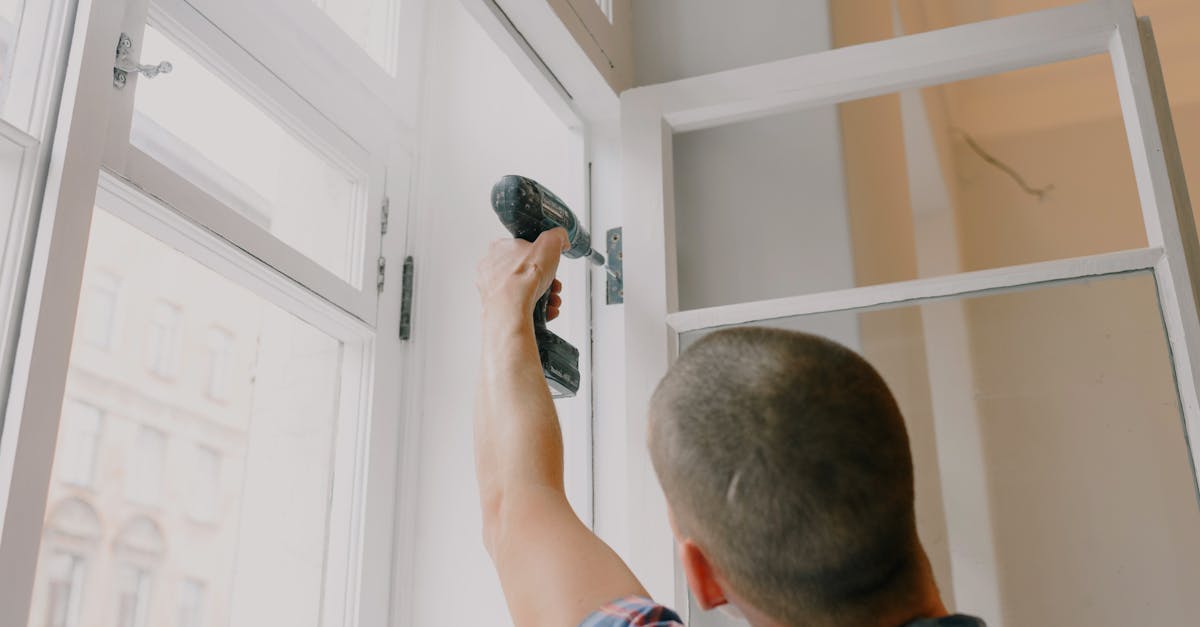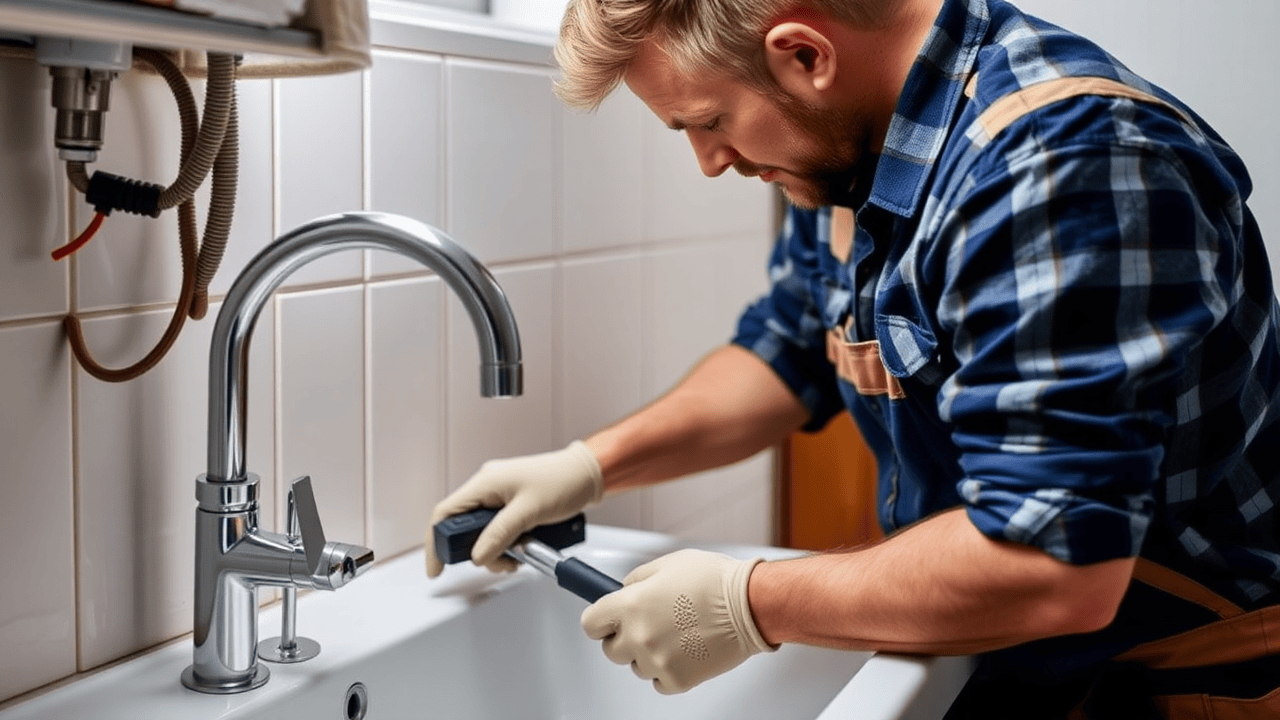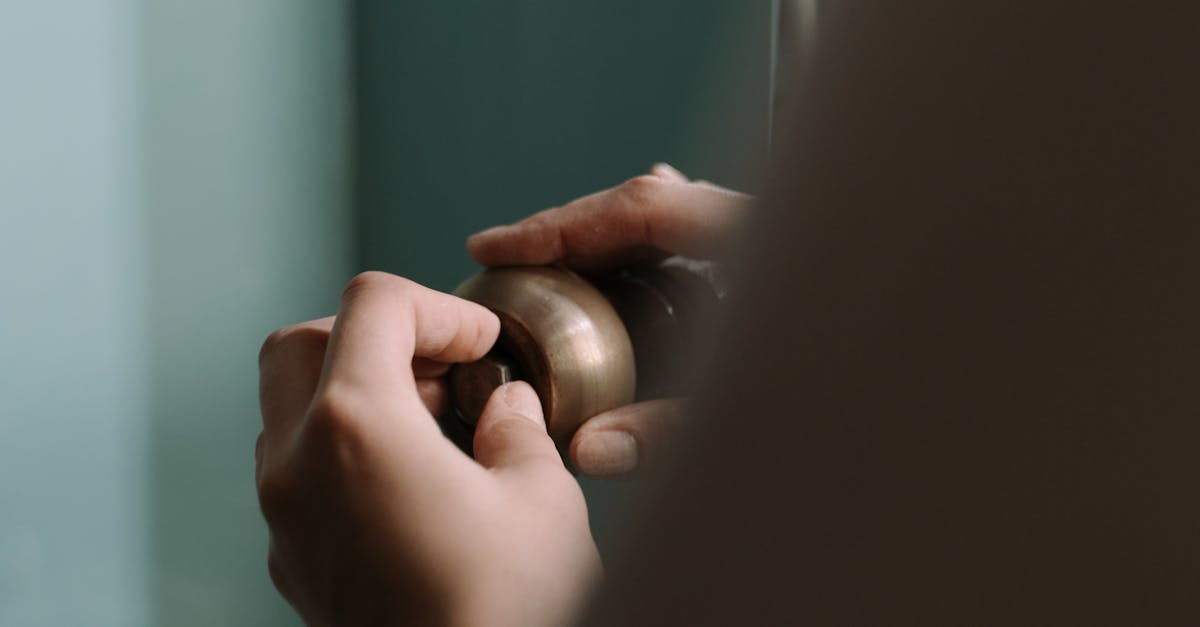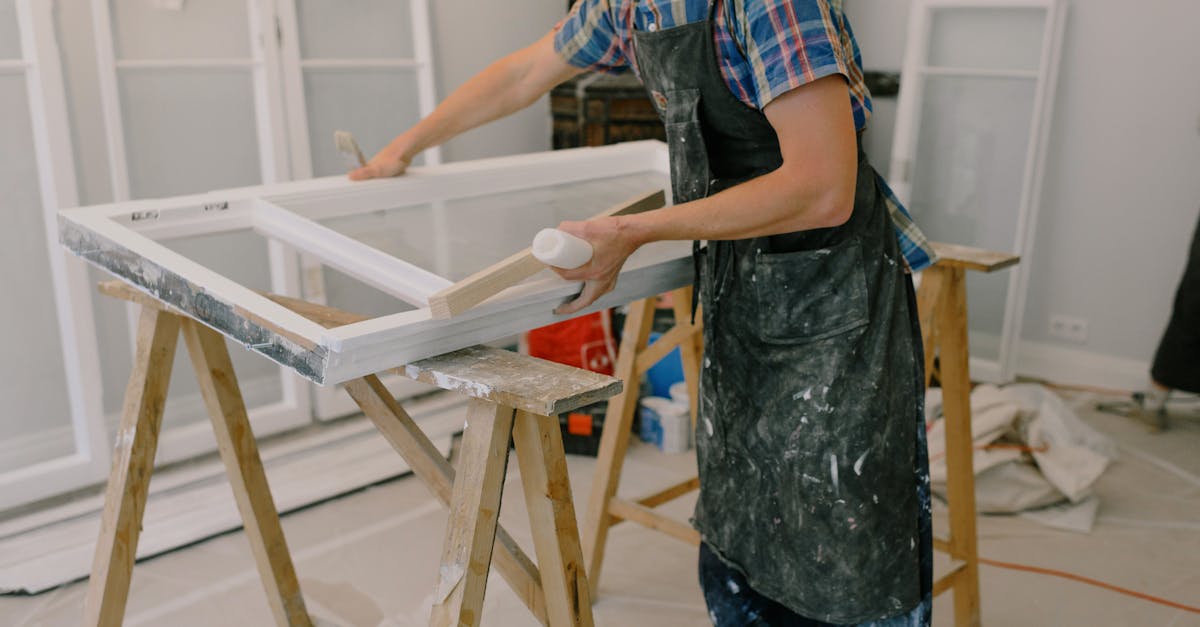
Understanding Plumbing Layouts
Understanding the layout of your plumbing system is essential for any sink installation and repair. Every home has a unique configuration of pipes that deliver water and remove waste. Familiarizing yourself with these layouts can help you determine the best approach for installation. A clear grasp of where your supply and drain lines are located will guide your decisions, enabling you to visualize how a new sink will integrate with existing plumbing.
Recognizing the difference between various pipe materials also plays a significant role in successful sink installation and repair. Copper, PVC, and PEX are among the most common materials, each with its own set of characteristics and installation requirements. Knowing the types of pipes in your home can help prevent potential complications and ensure a smoother process, whether you choose to undertake the project yourself or hire a professional.
How to Identify Supply and Drain Lines
Identifying supply and drain lines is a critical step in any sink installation and repair project. Typically, supply lines are the smaller pipes connected to the faucet and are often made of copper, PEX, or flexible plastic. These lines carry cold and hot water from the main supply to the sink. The hot water line is generally marked or colored, while the cold water line remains unmarked. Observing the direction of these pipes helps in confirming which line serves which purpose.
On the other hand, drain lines are larger pipes that remove wastewater from the sink. These pipes should be identifiable due to their greater diameter and may be made from PVC, cast iron, or other suitable materials. Usually, the drain line slopes downward away from the sink to ensure proper drainage. Understanding the layout of both types of lines aids in planning for any modifications needed during sink installation and repair, thus preventing future complications.
Potential Plumbing Issues
During sink installation and repair, several potential plumbing issues can arise that may complicate the process. Leaks from improperly sealed connections could lead to water damage over time, which often goes unnoticed until significant problems occur. Additionally, if the existing plumbing layout does not accommodate the new sink specifications, adjustments may be required. This can include aligning supply lines or repositioning drain pipes, potentially leading to further complications.
Another concern involves the plumbing materials themselves. Older pipes, particularly those made from galvanized steel or lead, may deteriorate and fail during the installation. Replacing outdated materials can add to the overall cost and time frame of the project, making it essential to evaluate the condition of existing plumbing prior to starting any work. Homeowners should also consider that unexpected issues can result in more extensive repairs, creating a domino effect in the installation process.
Risks of Improper Installation
Improper sink installation and repair can lead to a multitude of issues, including leaks and water damage. A misaligned drain line can prevent waste from flowing correctly, resulting in clogs and unpleasant odors. Inadequate sealing around the sink can allow water to seep into cabinets, promoting mold growth and structural damage over time. These problems often escalate if left unaddressed, leading to more extensive repairs that can be costly and time-consuming.
The operational risks extend to the plumbing system as well. Incorrectly placed supply lines might not provide steady water pressure, hindering the sink’s functionality. Additionally, there’s the potential for damaging the sink or adjacent fixtures during a DIY attempt lacking proper knowledge or tools. Engaging a professional for sink installation and repair reduces these risks significantly, ensuring everything is set up correctly from the start.
Cost Comparisons
When considering sink installation and repair, assessing the costs associated with a DIY approach versus hiring a professional can significantly influence your decision. A DIY installation might seem like a budget-friendly option; however, you should factor in potential expenses such as tools, materials, and any mistakes that could require additional repairs. If unexpected issues arise during the installation, the costs can quickly add up, turning what initially appeared to be a cost-saving endeavor into a more expensive project.
On the other hand, professional plumbers bring expertise and often provide warranties for their work, which can save homeowners money in the long run. While the upfront cost of hiring a plumber can be higher than a DIY approach, the assurance of a properly installed sink can prevent future plumbing issues. Evaluating your budget and weighing the potential risks associated with improper installation will be essential when deciding which option suits your needs and financial situation.
Budgeting for Sink Installation
When budgeting for sink installation, it's essential to consider all associated costs. The expense typically includes the sink itself, which can vary widely based on style and material. Additionally, there are costs for plumbing supplies like pipes and fittings, as well as potential permits if your locality requires them for plumbing work. Sink installation and repair may also necessitate specialized tools, increasing the overall budget.
Professional plumbers often charge by the hour, which can add to the total cost of installation. If you're leaning toward a DIY approach, it's wise to account for any mistakes that might require professional assistance later. Unexpected issues, such as outdated plumbing, can also emerge during the process, leading to further expenses. Having a detailed budget can help prevent surprises and ensure a smoother installation experience.
FAQS
Can I install a new sink myself?
Yes, you can install a new sink yourself if you have basic plumbing skills and tools. However, it's important to understand the plumbing layout and potential issues before proceeding.
What should I look for when identifying supply and drain lines?
Look for the hot and cold water supply lines connected to your existing sink, as well as the drain line that carries wastewater away. Ensure you know which is which to avoid any mishaps during installation.
What are the risks of improperly installing a sink?
Improper installation can lead to leaks, water damage, and even flooding. It may also result in costly repairs in the long run if the sink is not properly secured or connected.
How much does it cost to hire a plumber to install a sink?
The cost to hire a plumber can vary widely depending on your location and the complexity of the installation but generally ranges from $150 to $500, including labor and possibly additional parts.
Is it worth it to hire a professional plumber instead of doing it myself?
If you're unsure about your plumbing skills or if the installation involves complicated connections, hiring a professional plumber can save you time and prevent potential issues down the line.


